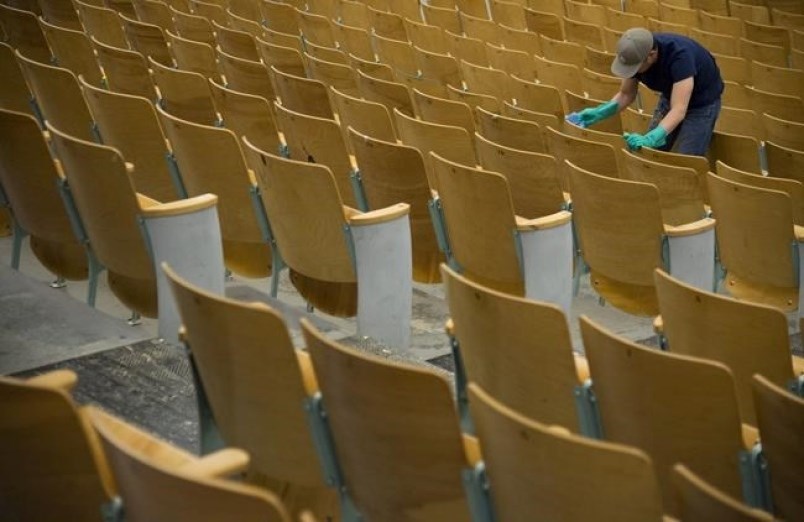The British Columbia Teachers' Federation is pushing back against the province’s plans to reopen schools in the fall following the government’s announcement of a full-time return to school by Sept. 8., a day after Labour Day.
In an interview with the Tri-City News, BCTF president Teri Mooring said her organization, as well as dozens of teachers working with the province in an advisory role, had spent weeks under the assumption that the fall semester would mirror the partial re-opening seen in June.
“The whole idea that this was going to be a full return of students came at the last minute,” said Mooring. “We were alerted to it the day before.”
Looking at a full return has a lot of implications, many of which Mooring said will probably make the Sept. 8 restart date unrealistic.
“This really changes a lot of the thinking that was going into the planning up to now,” she said. “What needs to happen now is there needs to be a lot of planning and everything needs to be rethought.”
According to Mooring, that means re-engaging a variety of working groups to sort out the details in areas like health and safety, educational programming and equity and inclusion.
One of the caveats announced by Minister of Education Rob Fleming yesterday was the hiving off of students into cohorts of no more than 60 students for elementary and middle school-aged students and no more than 120 for high school students.
“How is our cohort system going to work?” questioned Mooring, pointing to school staff like educational support workers and counsellors who usually go from class to class helping students.
“If not, how do we support those students. We don’t have a pullout system in B.C. anymore,” she said, referring to the practice of support workers entering classrooms to help students.
Classroom equipment is another grey area, said Mooring, as elementary teachers often share manipulative learning tools across classrooms to help teach students subjects like mathematics.
In the case of high school students — which unlike small children, are more likely to transmit the disease — Mooring said class sizes will likely need to be made significantly smaller to support physical distancing, especially for teachers and students with compromised immune systems.
B.C. was one of the only jurisdictions in North America to re-open its schools to part-time learning in June. Roughly one-third of all students returned at that time, including in the Tri-Cities.
When Minister of Education Rob Fleming announced the full opening of schools Wednesday, June 30, he targeted over a dozen of the largest schools in the province— most within the Lower Mainland — as too big and crowded to comply with the physical distancing required of 120-student “learning groups.”
In these cases, schools “may need to look at a hybrid approach, with a blend of remote-online and self-directed learning,” said Fleming Wednesday.
But if the June return taught the system anything, it’s that spending up to four days a week in class while also supporting online learning is unsustainable, said Mooring.
We understand that was an emergency situation and teachers did what they had to,” she said. “[But] that meant they were doing two jobs. That can’t happen again.”
Despite being caught off-guard by the province’s announcement yesterday, Mooring said she was happy to see a commitment to stock schools with masks and extra funding coming from the province to hire new cleaning staff and to help out with sanitization costs.
Planning doesn’t just need to happen at the provincial level. Each district, school and teacher must now come up with their own plans. All districts are required to publish their back-to-school plans no later than Aug. 26, according to Fleming.
But in an email to the Tri-City News, School District 43 spokesperson Ken Hoff said planning for the move to Stage 2 reopening, where students attend full time in “learning groups,” began before the summer break. Now, he said, district staff are working to implement the updated plan from the province.
SD43 school trustee Kerri Palmer Isaak said those plans must be first submitted to the B.C. government for approval by Aug. 21, leaving just over three weeks to work out the details, according to the province’s timeline.
“There’s district-level planning that’s going to need to take place, then teachers are going to need time for their own planning [and] also health and safety training,” said Mooring. “All that needs to happen prior to students coming to school.”
“I can’t underline enough how complex this planning is going to be… We just need time.”



